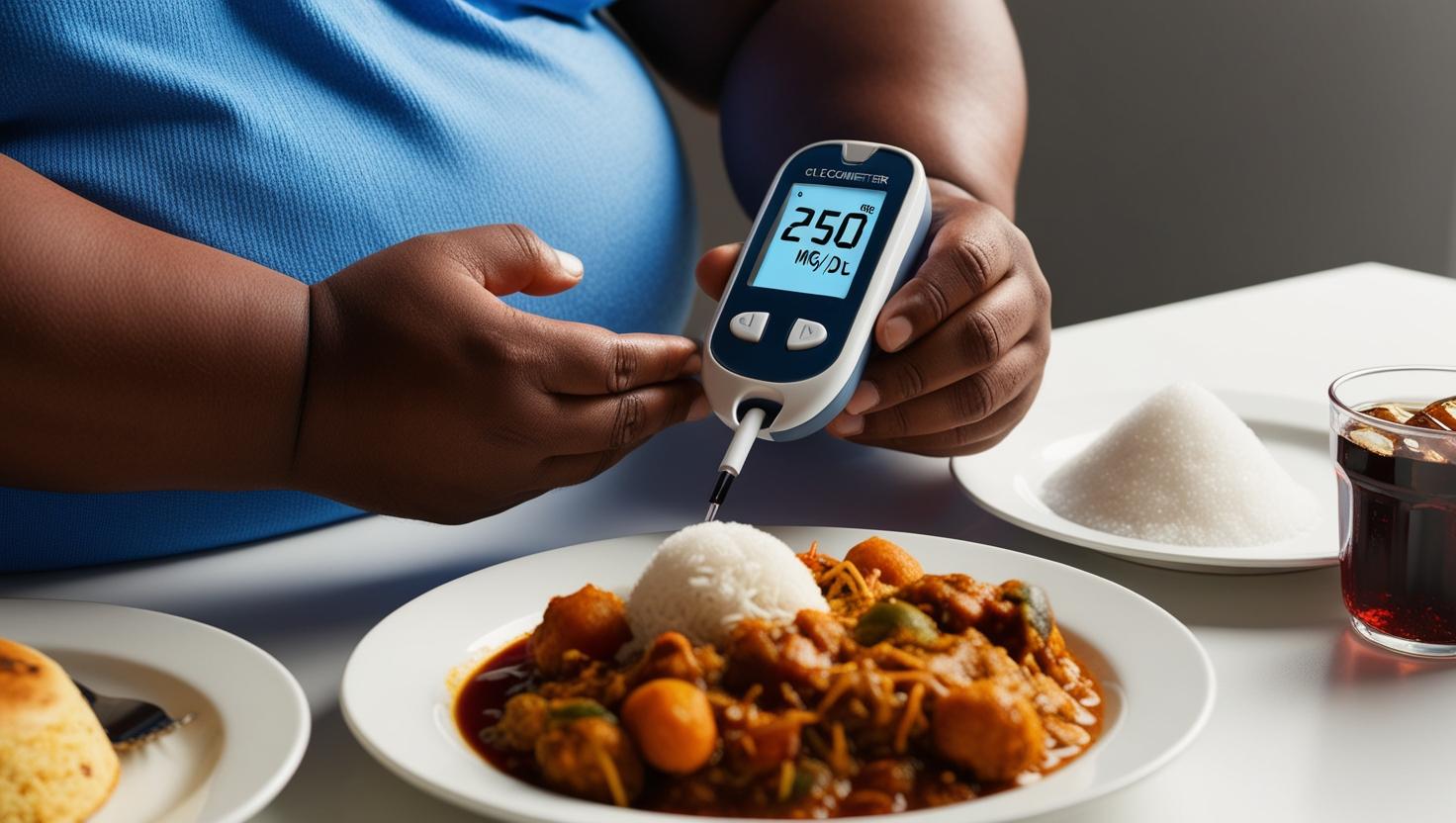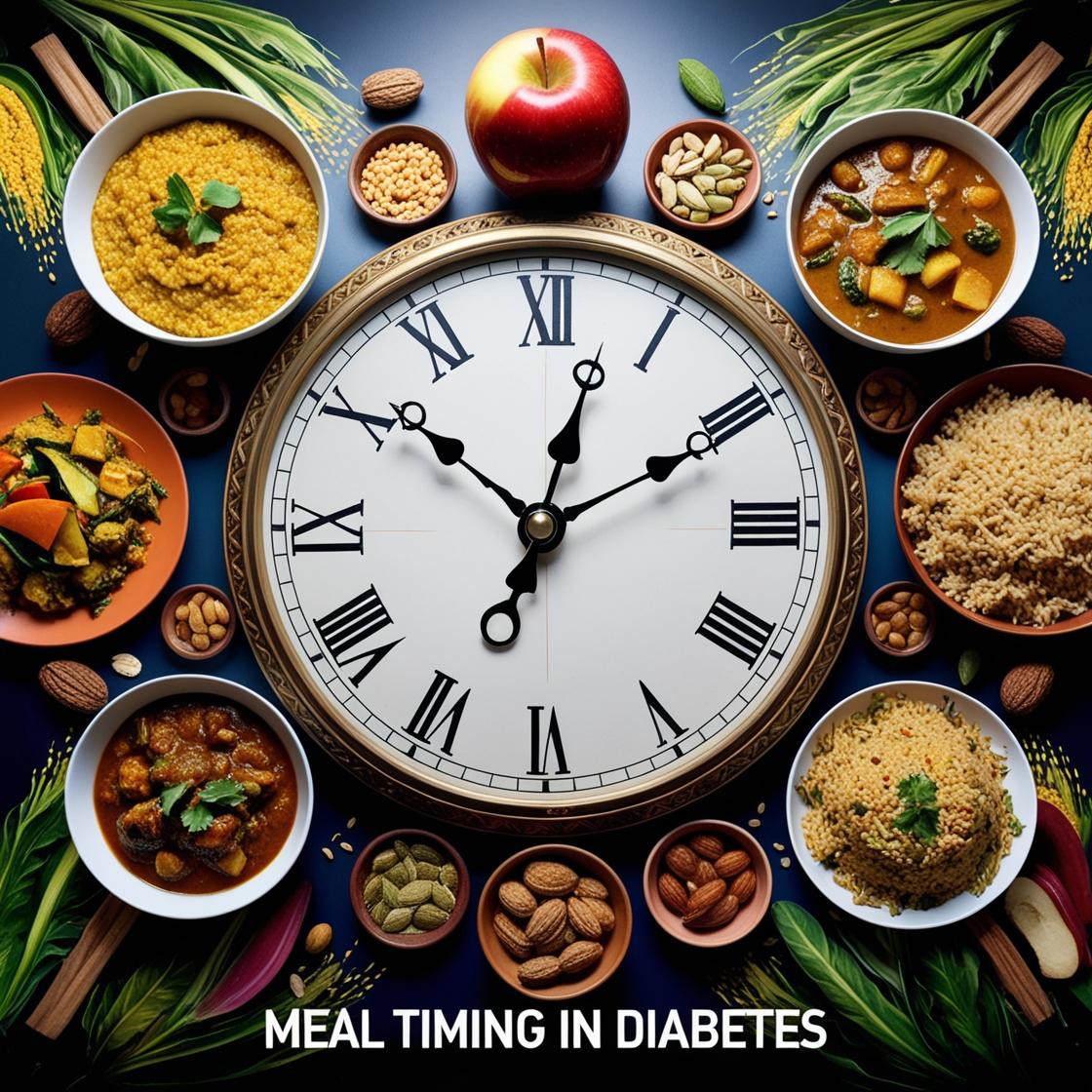As we all know, diabetes is not confined to increased blood sugar—it is only a symptom of the condition. Diabetes mostly occurs due to either an insulin deficiency or the body’s inability to utilize insulin effectively.
High blood sugar can lead to a wide range of complications, which in turn affect various organs and systems in the body. The major organs primarily affected by diabetes are the heart and blood vessels. High sugar levels damage blood vessels, leading to an increased risk of atherosclerosis (i.e., fat or cholesterol plaques in the walls of arteries), which can cause heart disease or stroke.
Diabetes also significantly impacts the kidneys, the organs responsible for filtering waste products from the blood and excreting them. However, high blood sugar can damage the kidney’s filtration process, leading to kidney failure, known as diabetic nephropathy.
You may often hear about the numbness and tingling pain in the feet or hands of diabetic patients. This condition, called diabetic neuropathy, results from nerve damage that causes loss of sensation. As a result, individuals with diabetes often do not notice wounds. Due to high sugar levels in the blood, bacteria tend to grow more easily at wound sites, leading to poor healing. If blood sugar is not controlled, it can lead to severe ulcers or even gangrene (death of body tissue caused by bacterial infection or poor blood flow).
Additionally, diabetes can affect the retinal blood vessels, causing blurred vision or even blindness, a condition known as diabetic retinopathy. Diabetes can also affect the skin, leading to various infections, most commonly fungal infections. It weakens the immune system, and high blood sugar levels can increase cholesterol and cause other complications.
This is why diabetes is known as a “silent killer.” It is essential for those with diabetes to monitor their blood sugar levels closely and follow the diet and regimen prescribed by their physician.



